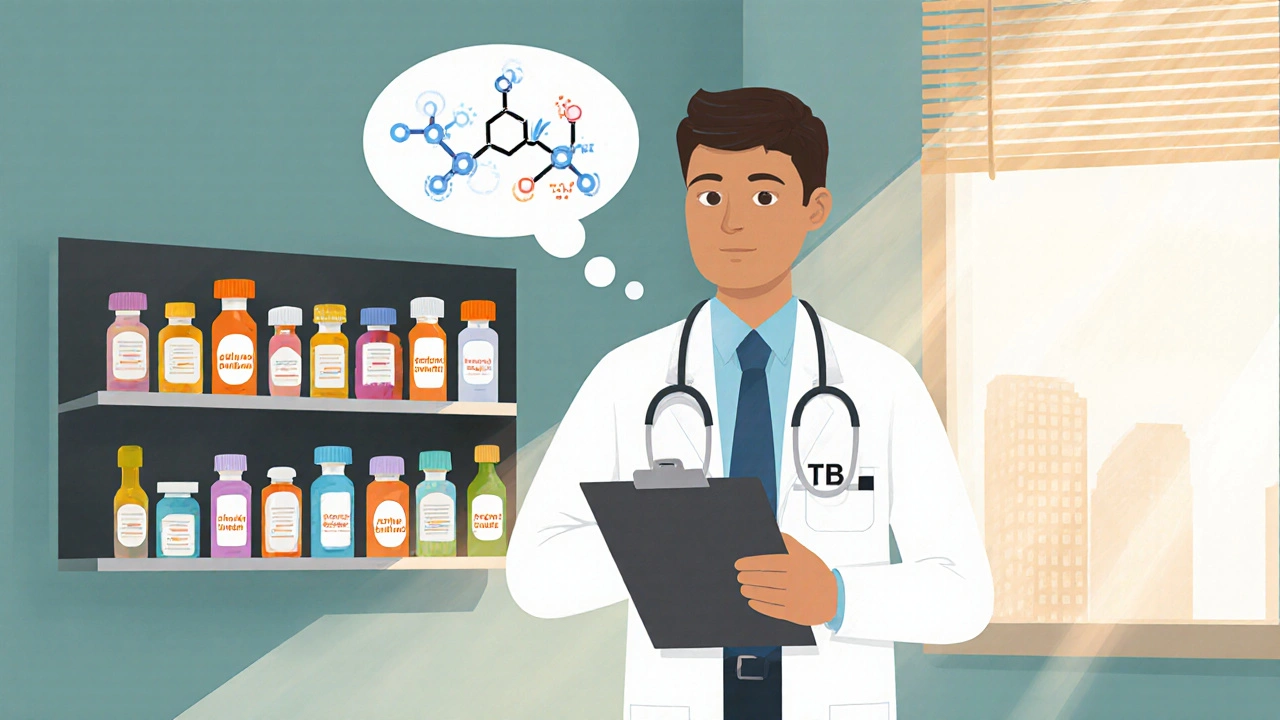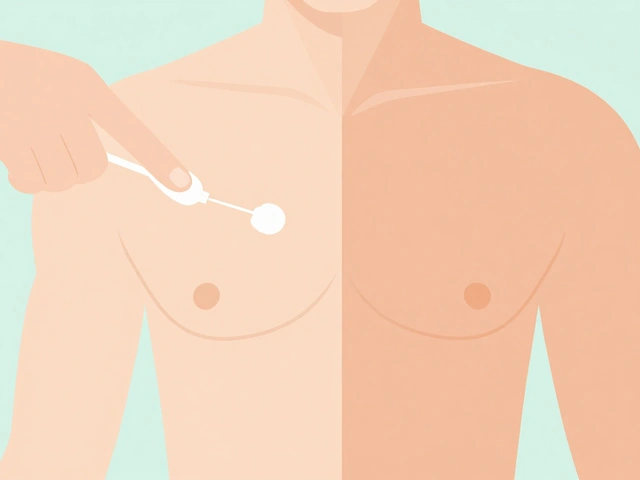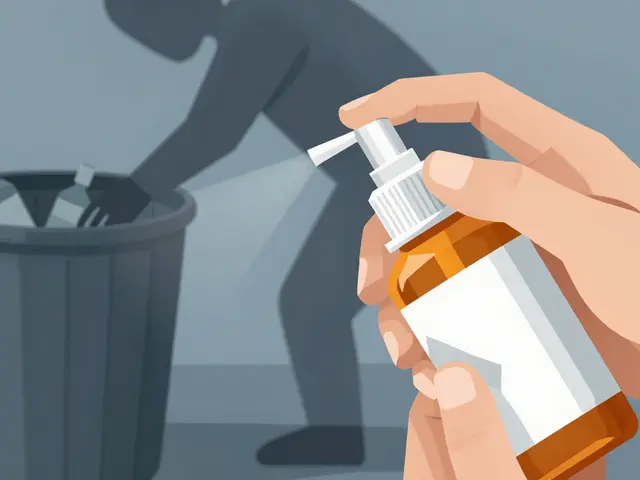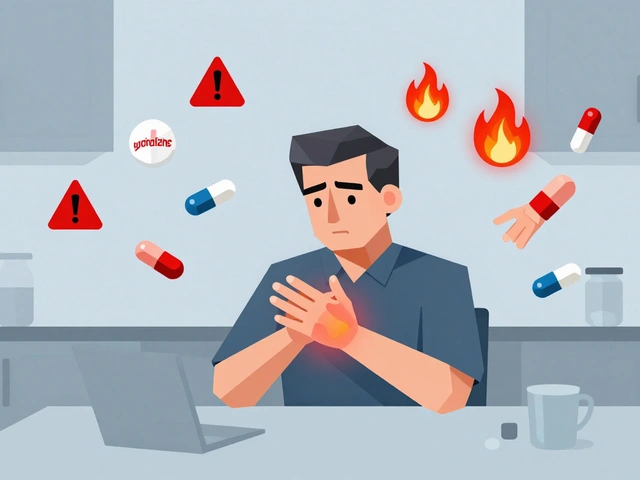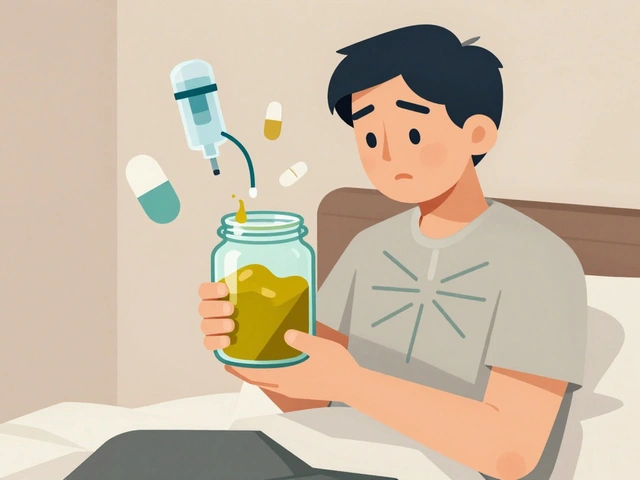Ethionamide Side Effects
When dealing with Ethionamide, an oral antibiotic used mainly for multi‑drug‑resistant tuberculosis. Also known as ETM, it can be a lifesaver, but its side‑effects often raise questions.
Understanding the broader context helps you stay ahead. Tuberculosis, a bacterial infection that mainly attacks the lungs is the disease Ethionamide tackles, and the drug’s impact on the body is tied to the infection’s severity. One major concern is Hepatotoxicity, liver damage that can show up as elevated enzymes or jaundice. Another key factor is Drug interaction, how Ethionamide’s metabolism can be altered by other medicines, changing its effectiveness or toxicity. These three entities—Tuberculosis, Hepatotoxicity, and drug interactions—shape the side‑effect profile you’ll see.
Most patients report Ethionamide side effects like nausea, vomiting, and loss of appetite within the first few weeks. Abdominal cramps and a metallic taste are also common. Some people notice skin rash or itching, which points to a hypersensitivity reaction. The liver, however, often takes the biggest hit: mild elevations in ALT/AST are frequent, while severe hepatitis is rarer but requires immediate attention. Neurological symptoms such as dizziness or peripheral neuropathy can appear, especially when the drug is combined with isoniazid.
Because liver health is a top priority, doctors usually order baseline liver function tests (LFTs) before starting Ethionamide and repeat them every 2–4 weeks. If enzymes rise more than three times the upper limit, dose reduction or temporary stop is recommended. Hydration, balanced meals, and avoiding alcohol lessen the load on the liver. When nausea is intense, small frequent meals, ginger tea, or anti‑emetics prescribed by a clinician can keep you comfortable.
Special groups need extra caution. Pregnant women should discuss risks, as animal studies suggest possible fetal harm. Children often tolerate lower doses better, but their LFTs must be checked more often. Elderly patients may have reduced liver capacity, so starting at the lowest effective dose is wise. Ethionamide also competes with oral contraceptives, reducing their effectiveness; using a backup method is essential. Interactions with other TB drugs—especially rifampin, which speeds up Ethionamide clearance—mean dosage adjustments might be necessary.
Practical tips for daily life include keeping a symptom diary, staying on schedule for blood tests, and reporting any yellowing of the skin or eyes right away. Eating a protein‑rich diet supports liver regeneration, while staying away from high‑fat junk food reduces additional stress. If you experience severe vomiting, dizziness, or chest pain, seek medical help promptly—these could signal a serious reaction.
Below you’ll find a curated set of articles that break down each of these points in more detail, from how to monitor liver enzymes to ways to manage nausea and understand drug‑interaction risks.
A detailed comparison of Trecator SC (Ethionamide) with other second‑line TB drugs, covering mechanisms, side effects, costs, and how to choose the right treatment.
Continue reading...

